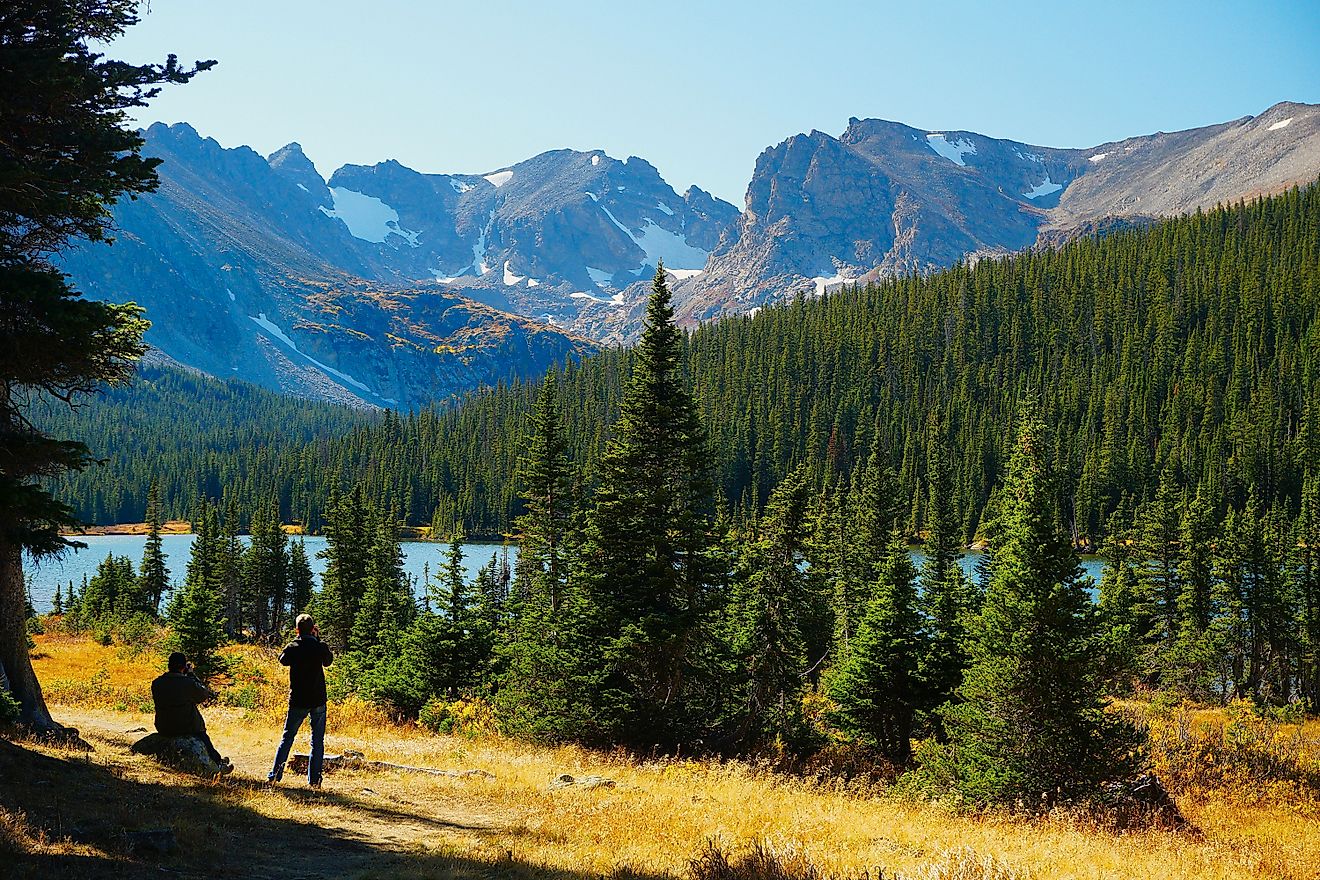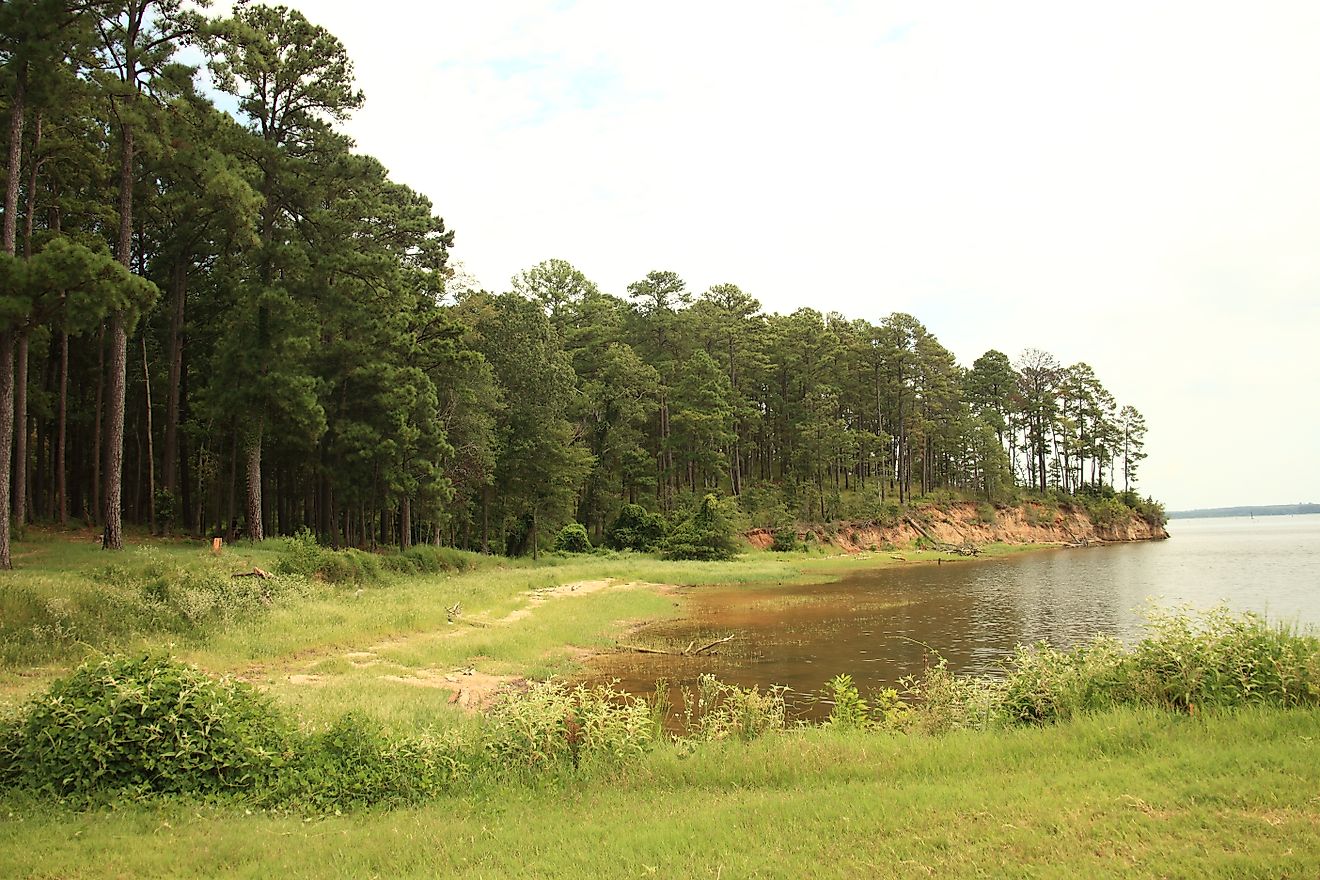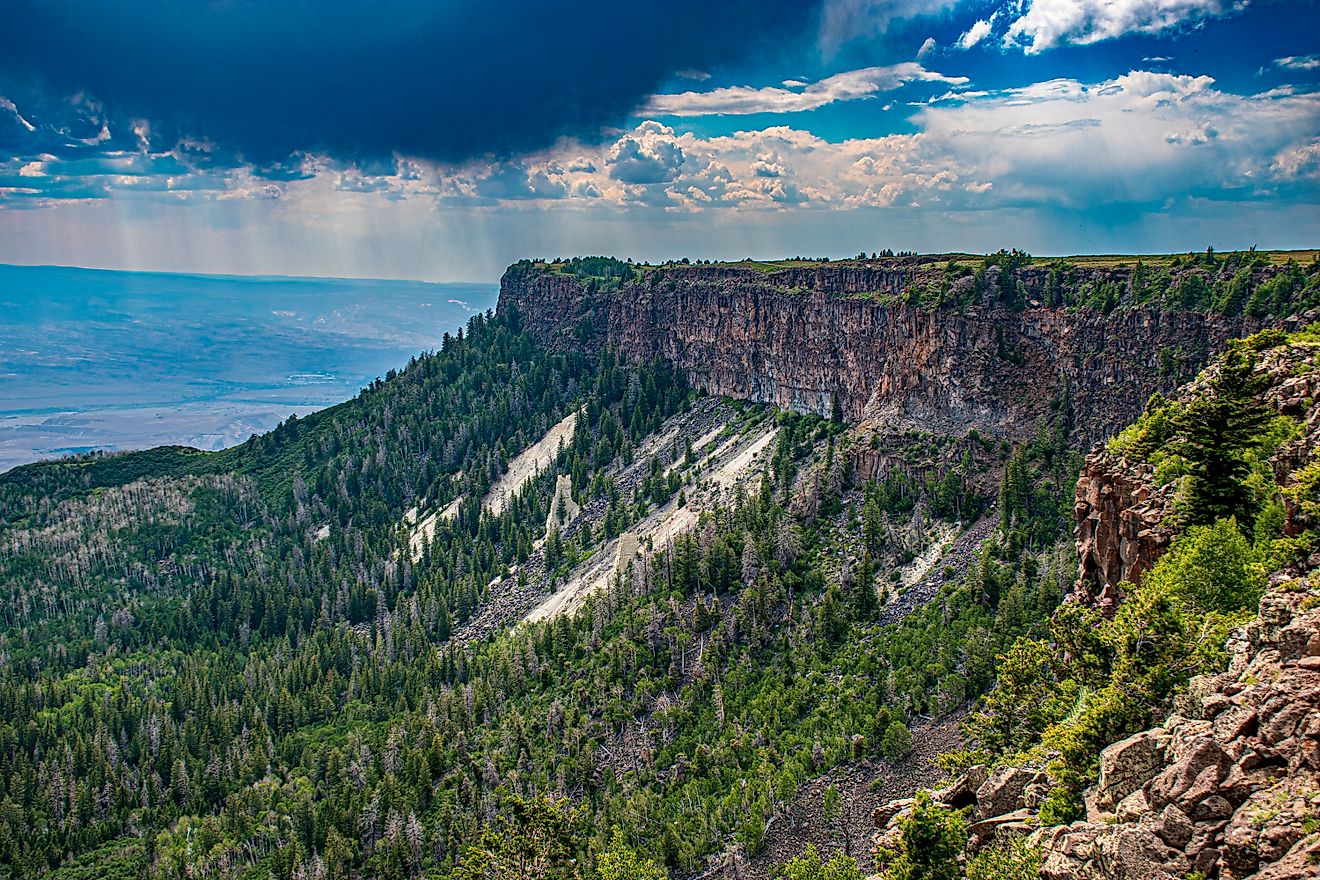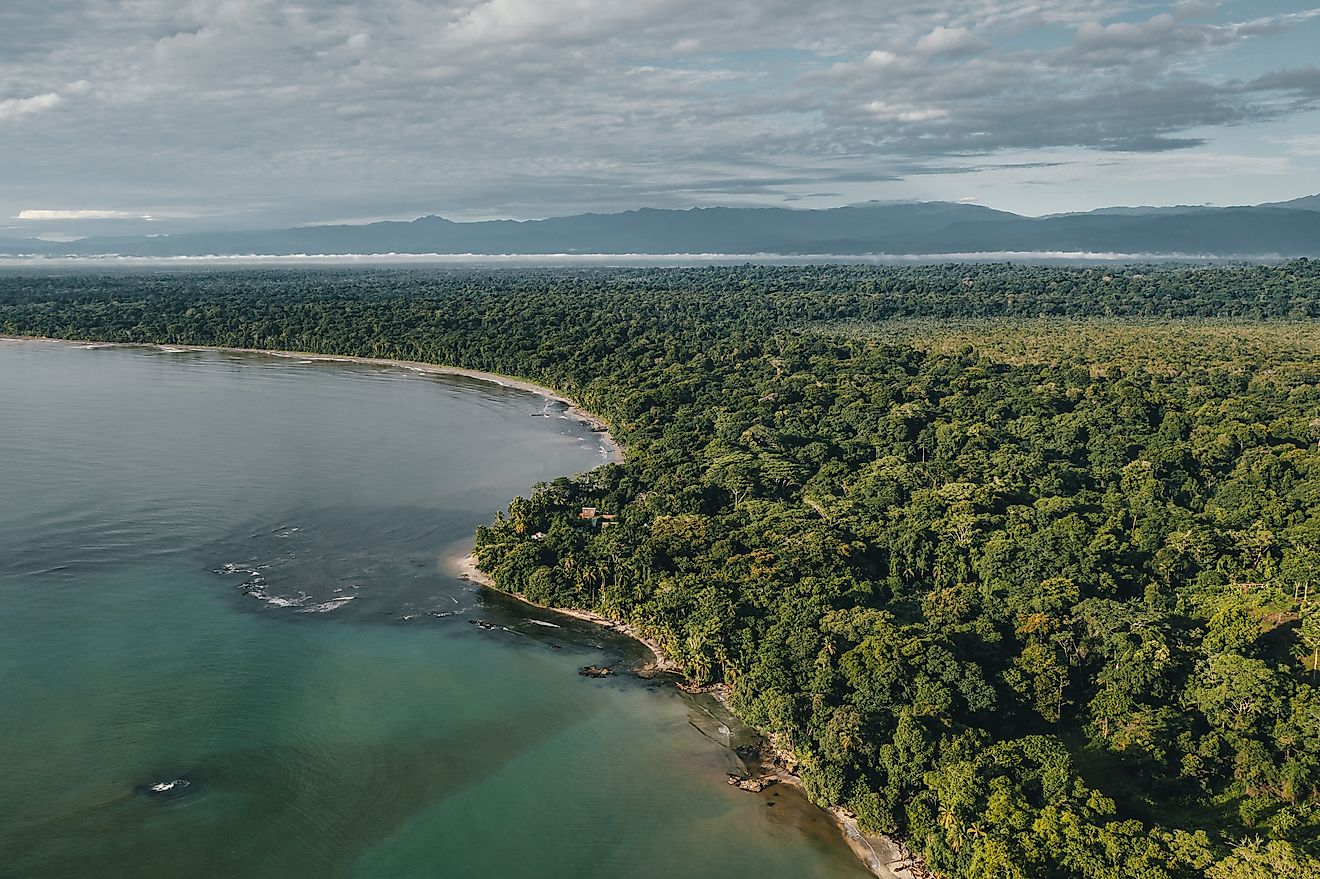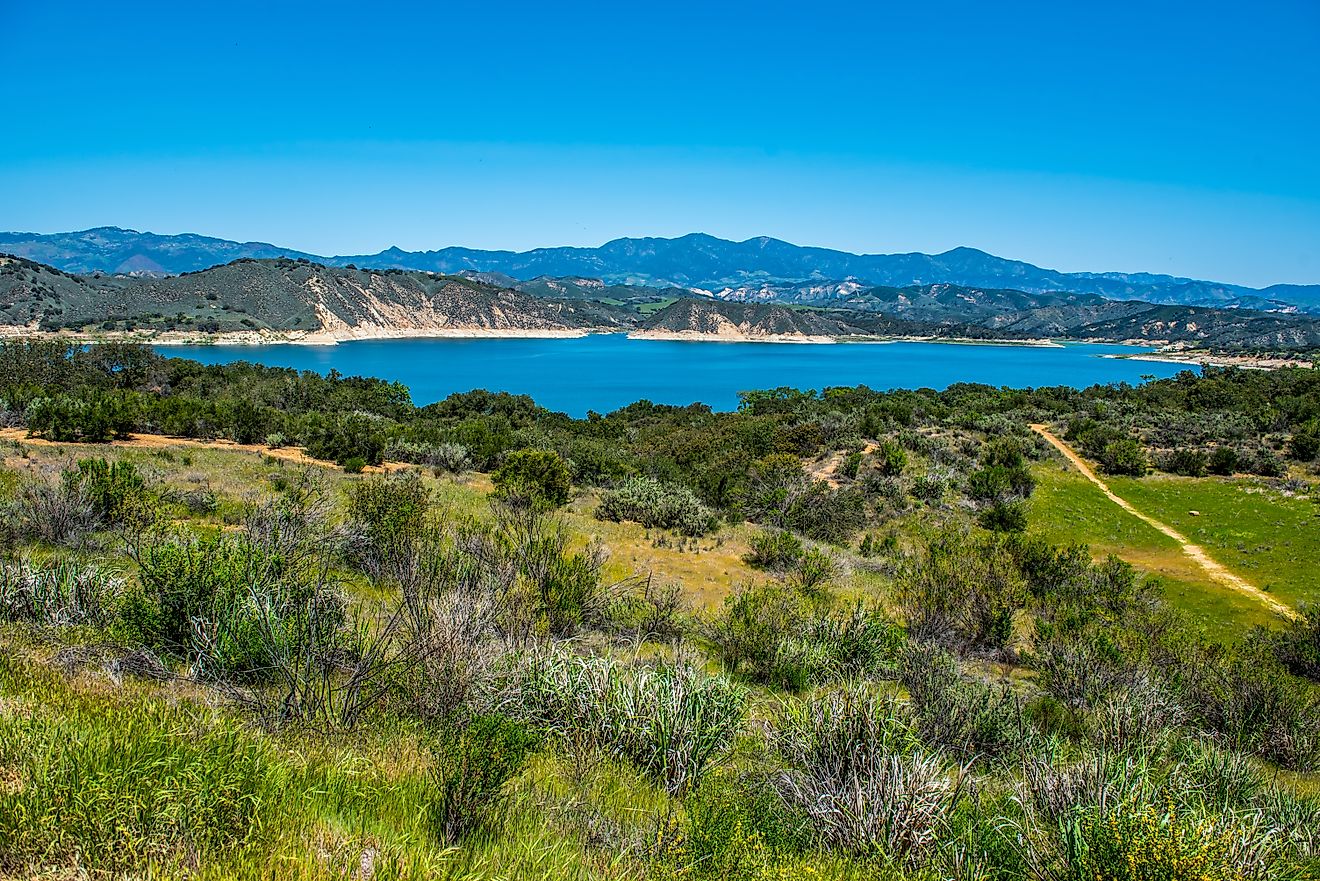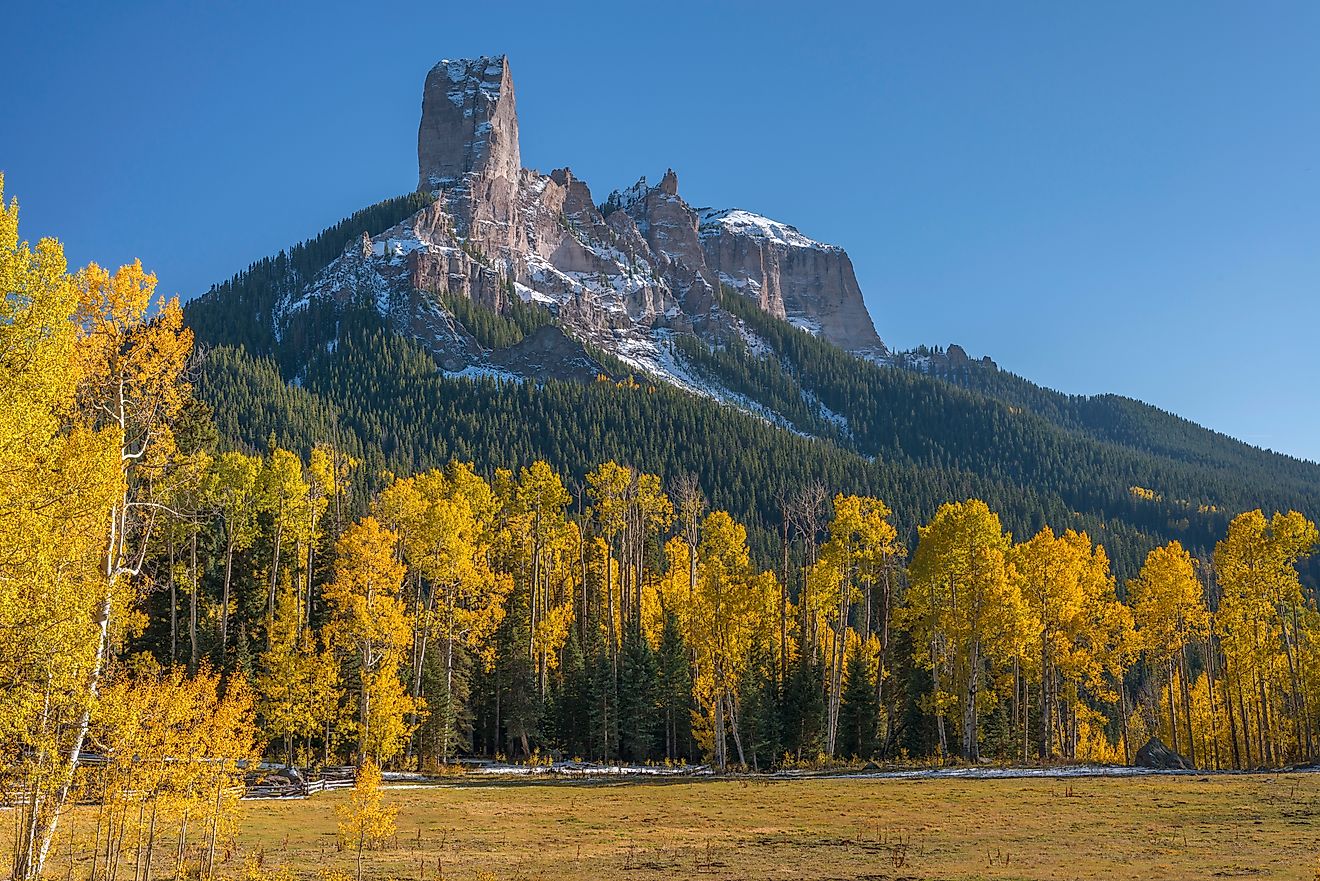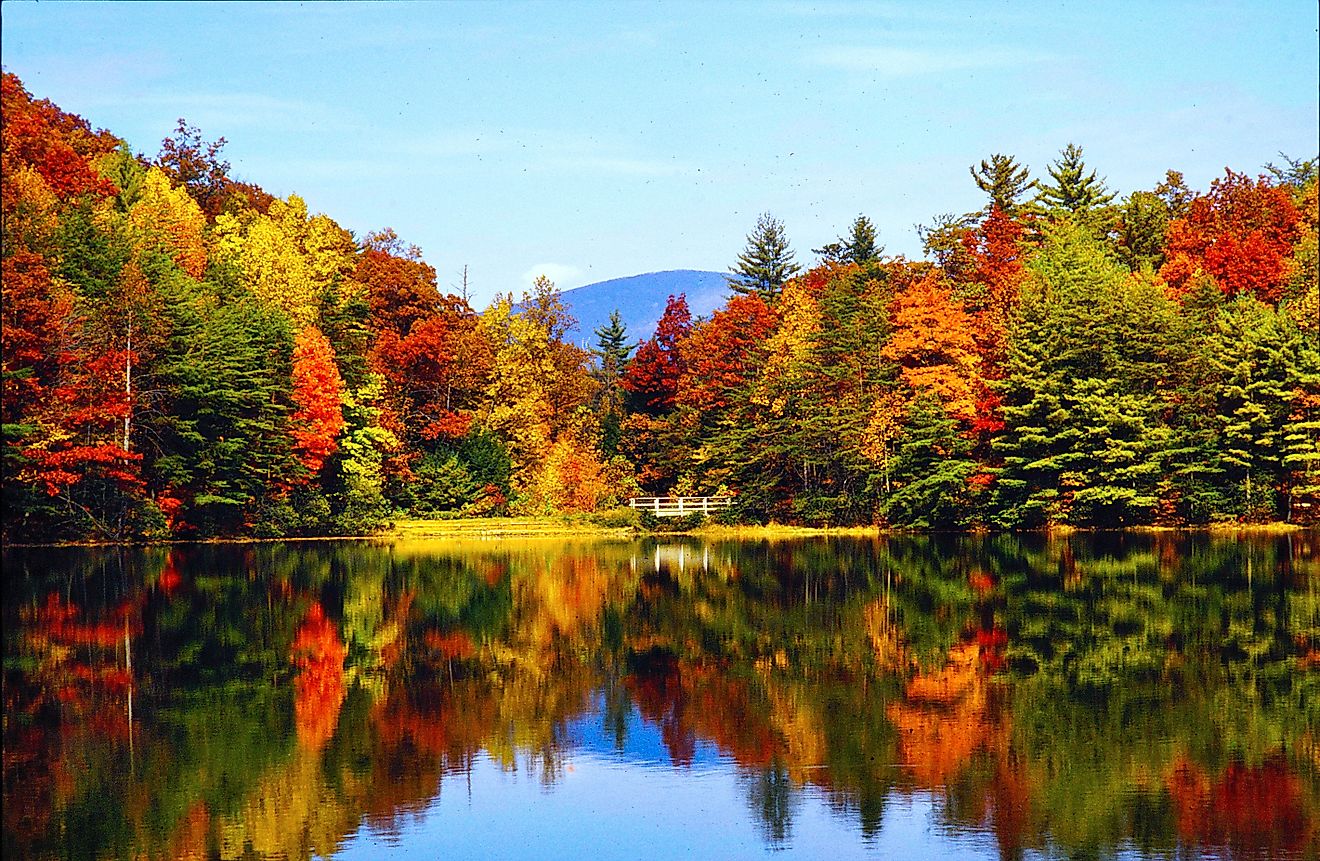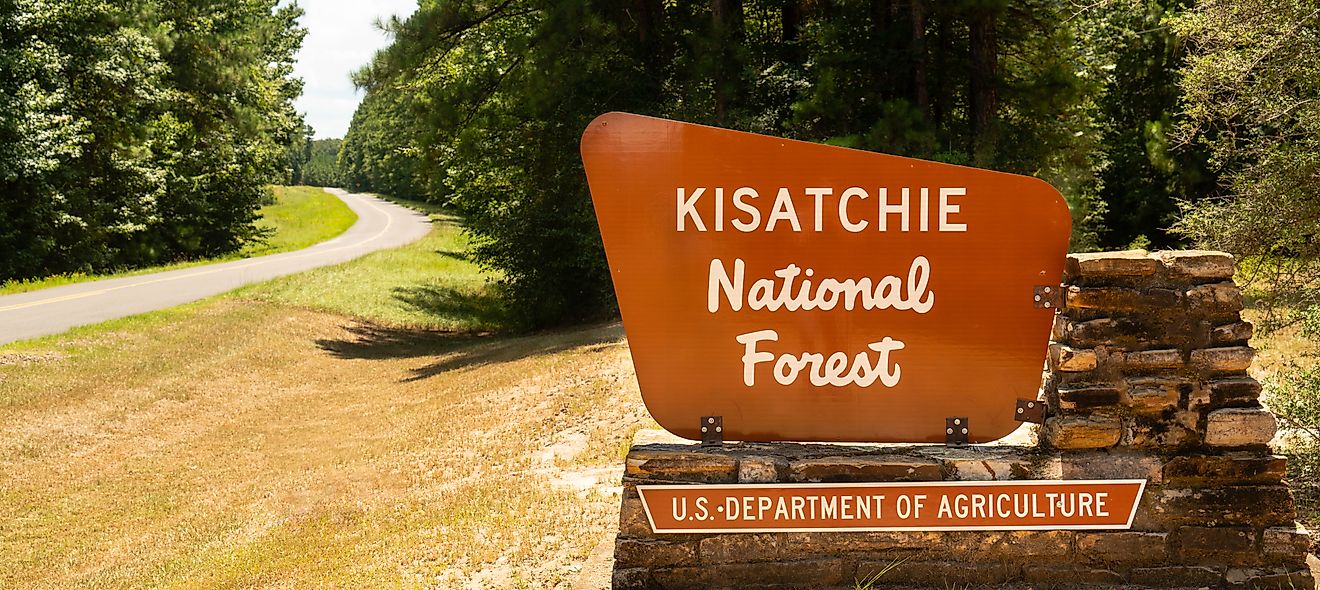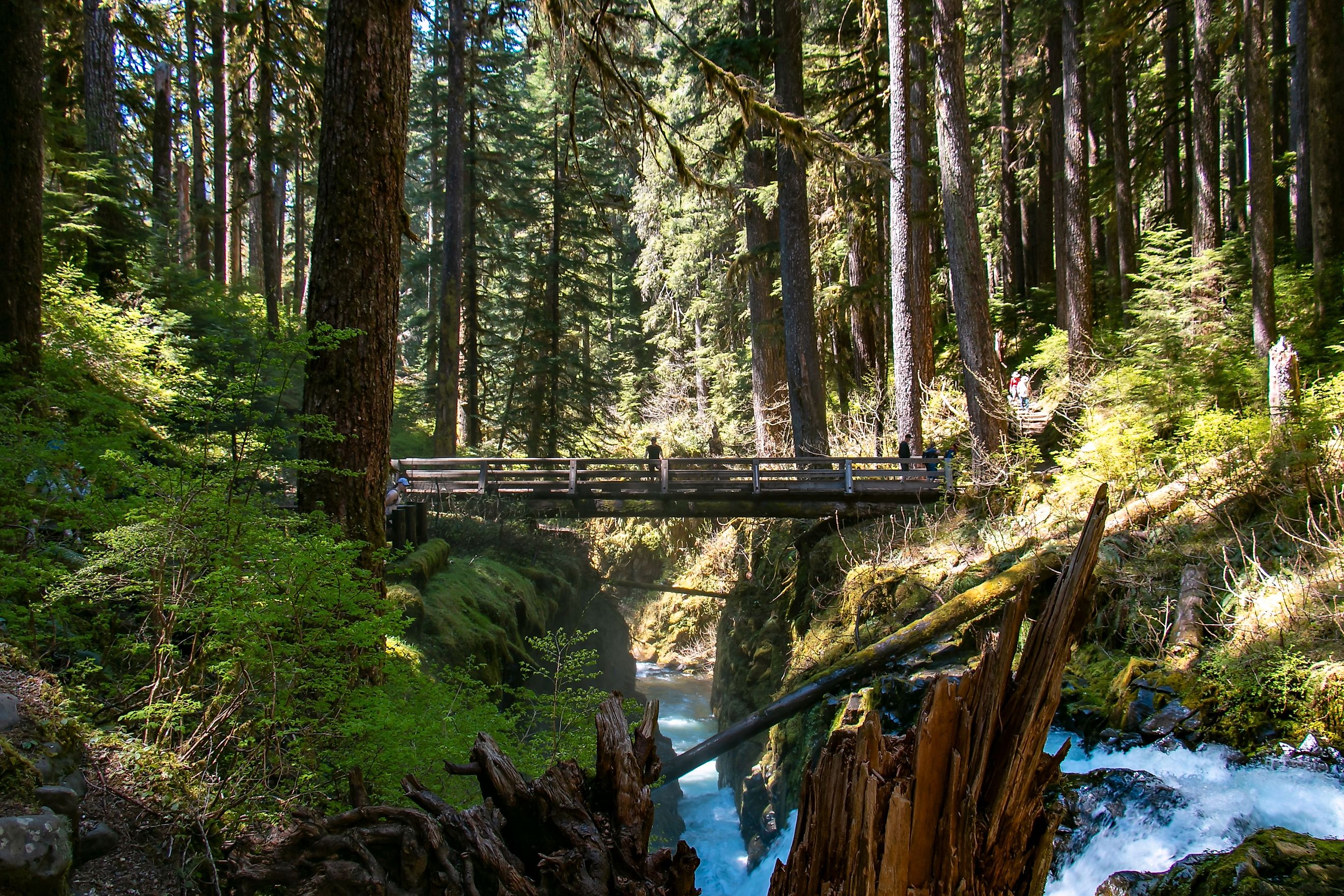
Olympic National Park
On the far northwest corner of the continental United States lies a landscape as wild and untamed as any in North America. Olympic National Park, located on Washington’s Olympic Peninsula, contains nearly a million acres of dramatic terrain that shifts from jagged coastline to glaciated mountains to moss-draped rainforests. It is a place where you can walk beside crashing ocean waves in the morning, wander through a temperate jungle in the afternoon, and gaze across ancient ice fields by nightfall.
What makes Olympic so remarkable is not just its beauty, but its diversity. Its three distinct ecosystems (the rocky Pacific coastline, the temperate rainforest, and the subalpine forest and meadows) are what earned the park its global recognition. It became a UNESCO World Heritage Site in 1981 and an International Biosphere Reserve in 1976. In 1988, Congress designated 95 percent of the park as the Olympic Wilderness, later renamed the Daniel J. Evans Wilderness. This is Washington’s largest wilderness area, and it safeguards one of the most pristine stretches of land in the United States.
A Park with Presidential Roots
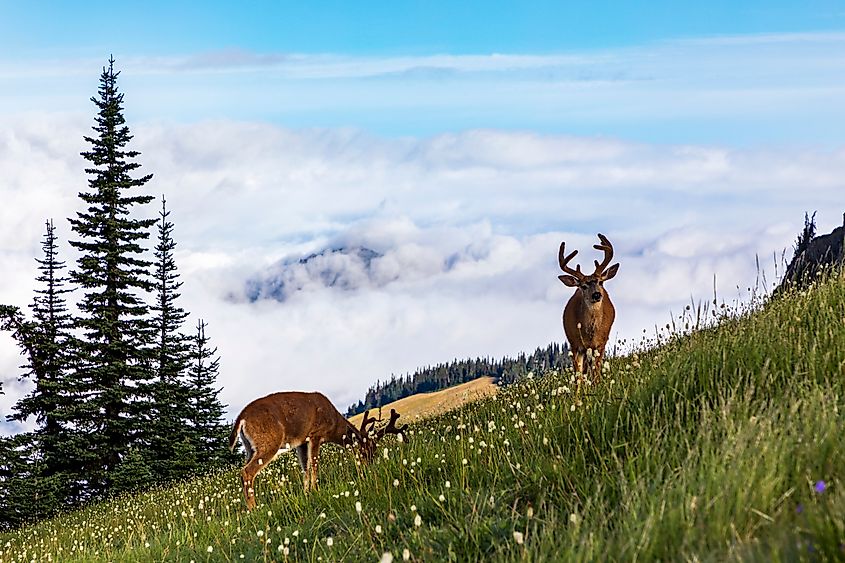
Olympic’s journey to national park status began in 1909, when President Theodore Roosevelt designated it as Mount Olympus National Monument. Nearly 30 years later, in 1938, President Franklin D. Roosevelt and Congress upgraded the land’s protection by declaring it a national park. The intent was clear: to preserve the old-growth forests, protect native species such as the Roosevelt elk, and keep the mountain country open for public enjoyment.
Since then, Olympic National Park has become one of the most visited in the country, drawing more than 3.7 million visitors in 2024. Yet it still feels remote, largely because its interior is mostly roadless. Those who visit often find themselves among the towering spruce and hemlock trees, standing in awe of nature that has remained unchanged for thousands of years.
The Rugged Pacific Coastline
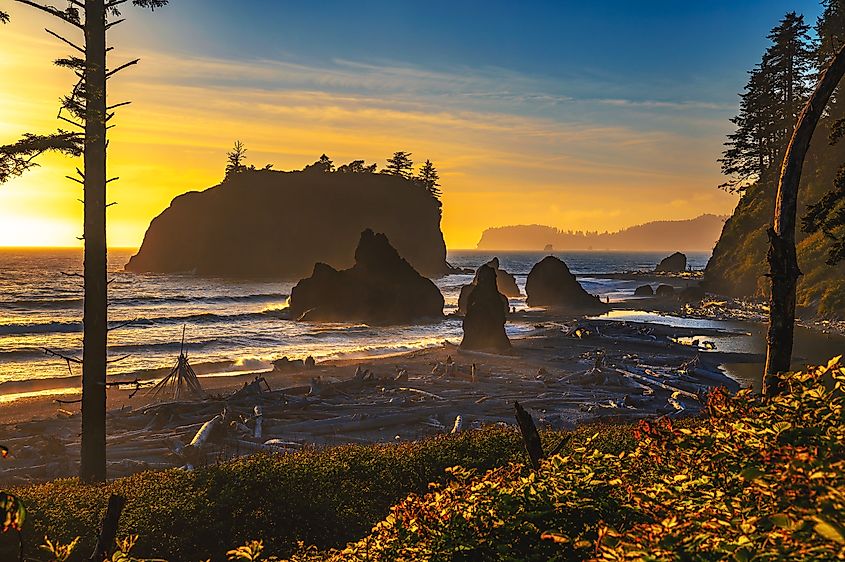
The park’s coastal strip is unlike any other in the National Park System. It spans about 60 miles, offering a mix of sandy stretches and rocky shores, sea stacks, tide pools, and driftwood-strewn beaches. Some of the most popular hikes include the 9-mile Ozette Loop and the short but scenic trail to Second Beach, known for its seastacks and sunset views.
Much of the coastline remains wild and challenging to navigate. The tides, heavy vegetation, and slippery boulders make long treks a true test of endurance. Yet this very isolation helps preserve the coastal ecosystem. Native communities such as the Hoh and Quileute people still live at the river mouths along the coast and maintain deep cultural ties to the land.
Massive deposits of driftwood, washed in from as far away as the Columbia River, decorate the beaches and serve as a reminder of the dynamic, ever-changing natural world.
Mountains Carved by Ice and Fire
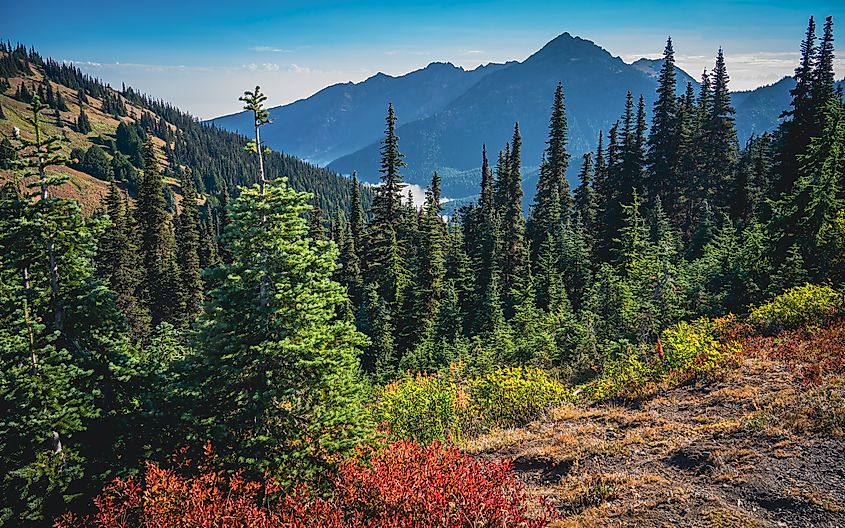
In the center of the park rise the Olympic Mountains, formed by the collision of tectonic plates and sculpted by glaciers. These peaks are some of the snowiest in the contiguous United States. Mount Olympus, the tallest at 7,965 feet, is heavily glaciated and often shrouded in mist. Hoh Glacier, the largest in the park, stretches more than three miles long.
Climate change has taken a visible toll. Since the 1980s, the number of glaciers in the park has declined from 266 to under 200. Yet the alpine landscape still stuns. Visitors to Hurricane Ridge can take in sweeping views of snowcapped summits and deep valleys. In winter, this ridge transforms into a hub for skiing and snowboarding.
Geologically, the mountains are a mix of oceanic sediment and basalt, known for formations such as turbidites and tectonic melanges. Some of these rocks, oddly enough, emit a strong petroleum-like smell, earning them the nickname "smell rocks" from locals.
The Rainforests of the West
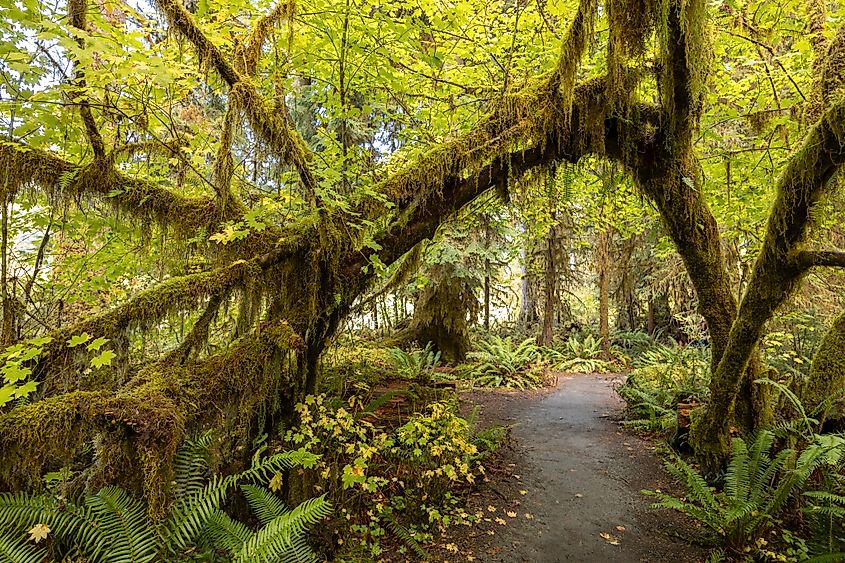
The park's west side is home to one of the largest temperate rainforests in the continental U.S. Here, annual rainfall can top 12 feet, and moss drapes from every surface. The Hoh Rainforest and Quinault Rainforest are two of the most popular regions, offering trails that wind through a world of ferns, fungi, and ancient trees.
Unlike tropical rainforests, these forests are dominated by conifers such as Sitka spruce, western hemlock, Douglas fir, and western redcedar. The dense undergrowth and massive old-growth trees give the forest a cathedral-like atmosphere. Even in summer, fog and mist hang in the air, lending a mysterious quality to the woods.
On the drier east side of the park, the forest shifts. The trees are smaller, the underbrush lighter, and the air less humid. This dramatic contrast, caused by the rain shadow effect of the mountains, makes Olympic a rare place where two completely different ecosystems can exist only miles apart.
Wildlife and Rare Species
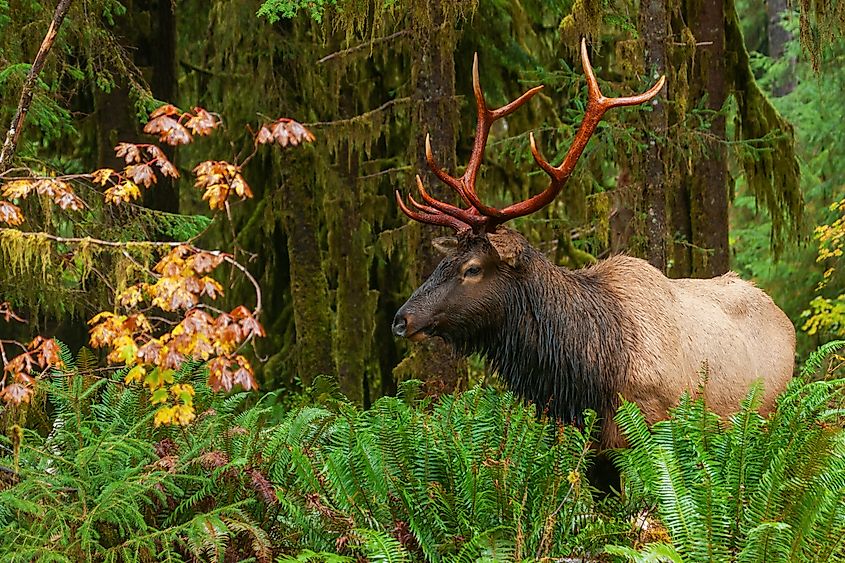
Olympic National Park is a haven for wildlife. Its relative isolation has helped protect several endemic species, meaning they exist nowhere else on Earth. Among them are the Olympic marmot, Flett’s violet, and Piper’s bellflower.
More familiar animals also thrive here, including Roosevelt elk, black bears, black-tailed deer, and more than 150 cougars. Mountain goats, which were introduced in the 1920s, have caused damage to native vegetation and are the subject of ongoing population management.
The park’s varied environments, from coastline to glacier to rainforest, offer critical habitats for species at every elevation. More than 360,000 acres of old-growth forest provide nesting grounds, hunting territory, and migration corridors.
Recreation and Accessibility
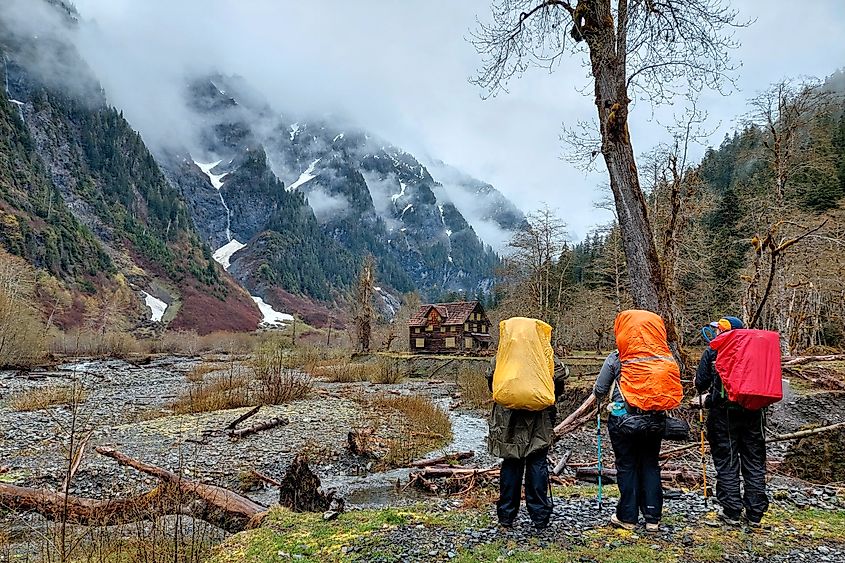
Despite its size and popularity, Olympic National Park remains relatively undeveloped. There are no roads that cross through the park’s rugged interior. Most visitors stick to the periphery, accessing the park through places like Port Angeles, Forks, or Hoodsport.
Hiking is one of the most popular activities. Trails like the Seven Lakes Basin and Enchanted Valley take backpackers deep into the heart of the park, often requiring multiple days to complete. Along the coast, multi-day beach hikes are possible, though hikers must watch the tides carefully to avoid being trapped by rising water.
In winter, Hurricane Ridge becomes the main draw for snow lovers. A small ski area operates here on weekends, and the surrounding terrain is popular for snowshoeing and backcountry skiing. The Hurricane Ridge visitor center, originally built in the 1950s, burned down in 2023. Plans for a rebuild have received federal funding but have no set timeline.
For those who prefer water-based activities, kayaking and canoeing are available on Lake Crescent, Lake Ozette, and Lake Quinault. Fishing is also permitted in several rivers and lakes within the park, with some restrictions.
The Elwha River’s Return
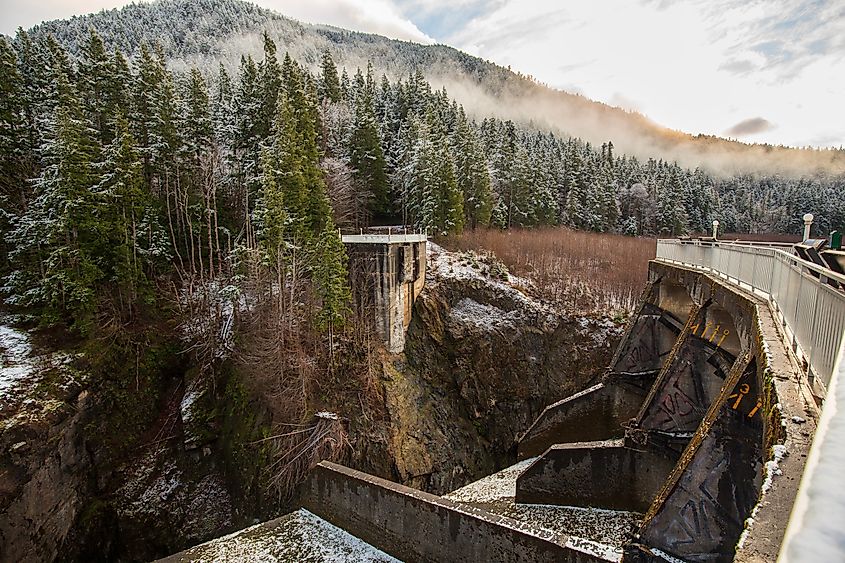
One of the park’s most ambitious undertakings in recent decades has been the Elwha River restoration. Two large dams, the Elwha and Glines Canyon Dams, once blocked the river’s flow and destroyed upstream salmon habitat. Their removal, completed in 2014, marked the second-largest ecosystem restoration project in US history.
Since the dams came down, the river has begun to reshape itself. Salmon are returning to spawn, and the surrounding slopes are being replanted to speed up ecological recovery. This effort has become a model for restoration efforts across the country.
A Park for the Future
Olympic National Park is more than a place to visit. It is a sanctuary of biodiversity, a laboratory for ecological research, and a living symbol of America’s commitment to preserving wild spaces. As climate change, development, and tourism pressures continue to rise, parks like Olympic become ever more valuable.
Whether you come for a weekend hike, a backcountry trek, or a peaceful moment beside a moss-covered tree, Olympic National Park offers a reminder that wild places still exist. And they are worth protecting.
